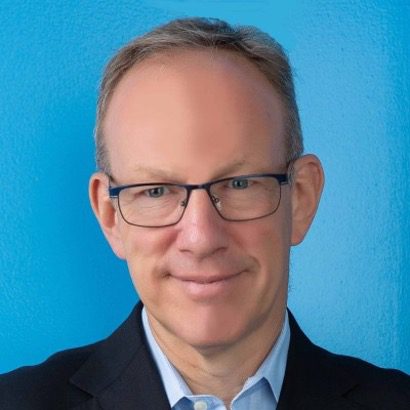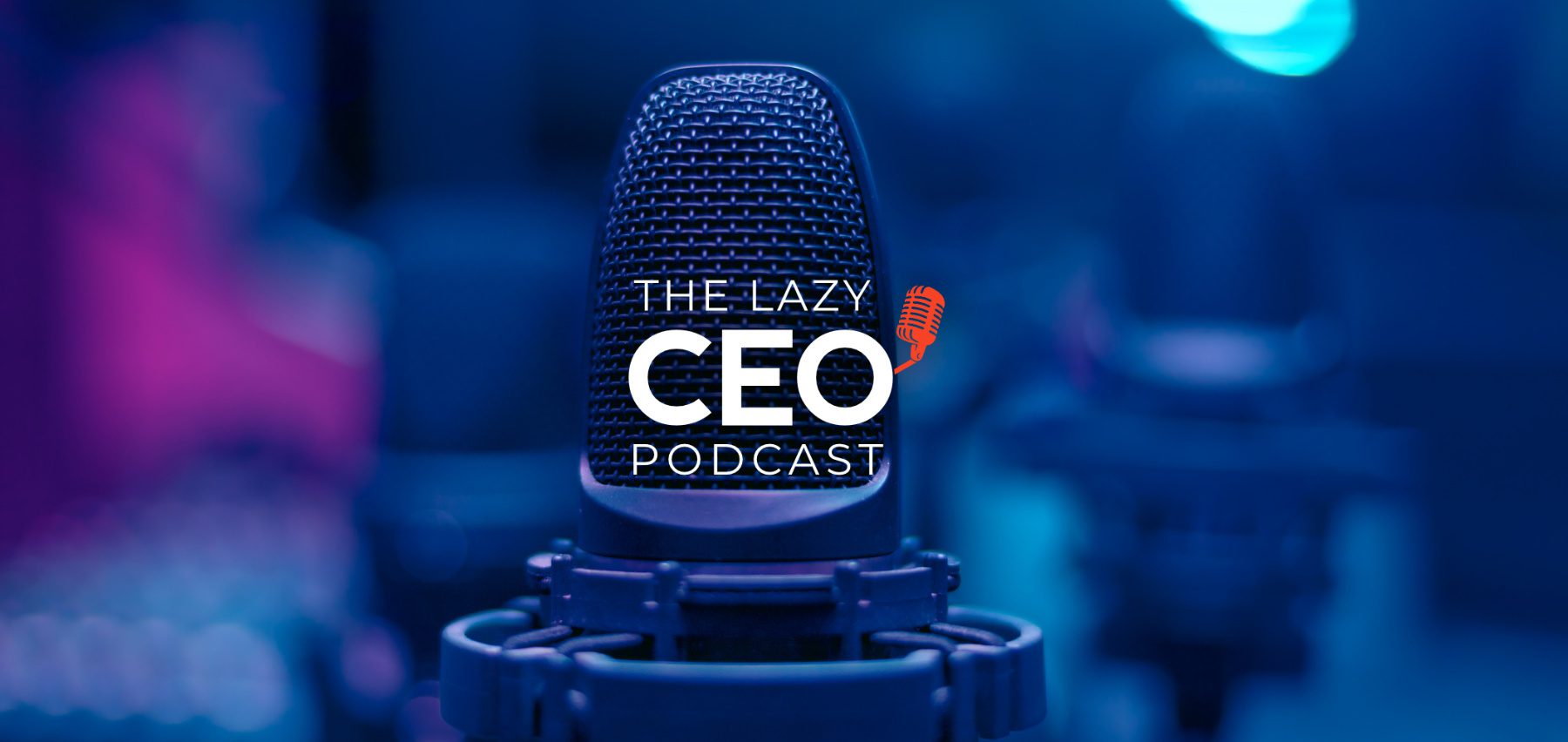Professional CEO Episode at a Glance:
- Nick Wilkinson shares his background and why it qualified him to become the CEO of Binary Tree
- Keys to a successful CEO transition, from a professional CEO
- Establishing credibility as a professional CEO replacing a Founder
In this Episode…
This episode of The Lazy CEO Podcast is about determining when it is time, as a Founder, to bring in a professional CEO to run the company. We have a gentleman named Nick Wilkinson. Nick was a CEO that was brought into a company called Binary Tree that one of our members Steven Pivnik had founded, and he was trying to position for sale and upgrade the talent. Nick was the guy he identified and ended up bringing into the company.
Nick’s Background
Originally from the UK. After graduation from university, Nick spent the first 10 years of his career in the British Royal Air Force. After the Air Force, he joined what was then a pretty small company in the UK called Computer Sciences Corporation, CSC, which Nick subsequently spent the next 20, almost 25 years rising through the ranks of CSC from a consultant all the way through for various account management roles to ending up as a direct report to the CEO in, at that time was like a hundred thousand people company with 16 billion in revenue.
With a great career in the UK, he was lucky enough to do some interesting jobs, which brought him to the States. He also lived in Australia for a few years and assimilated a considerable amount of knowledge and expertise on how to run large-scale organizations. Back in the early 2010s he was the CEO of a private equity-backed company backed by Bear Capital which was also in the IT services area. And that company and Steven’s company oftentimes coexisted with clients. They didn’t do the same thing, but they did, provided complimentary services.
Here is more of the conversation between Jim Schleckser, CEO of The CEO Project, and Nick Wilkinson.
What was the size of the company, the training company, and the IT space prior to coming to Binary Tree?
The private equity company was mid-market. It was of comparable size to Binary Tree. I made a decision when I left the large corporate world that I didn’t want to go and do the same thing again, I wanted a change. I wanted to have more direct visibility of what I was doing and how it affected the business. I wanted to be a CEO. And I decided that I wanted to try that in a different financial structure, a different capital structure. And that’s what led me into the private equity world.
An important component of being able to step in as a CEO for a Founder is rolling your sleeves up and not needing somebody to do everything for you. In the founder-owned company, there aren’t a whole host of staffers and people to do things for you.
A lot of entrepreneurs get dazzled by the resume. They see your big career and think, this guy’s brilliant, but then they bring that individual in, and they can’t do the big to small translation. You obviously made the transition successfully, but what would you characterize as the differences? Most people can’t make that transition. You did. What were the differences and why were you able to do it where maybe others might not be able to?
A big part of it is personality. And I’m trying to answer the question without blowing smoke in my own direction. You’ve got to be reasonably self-effacing and modest, the servant leadership things. I know what it felt like to be at this level, and then a mid-manager and the senior manager and management. I had walked a mile in other people’s shoes, and I was always willing to empathize with them and try and see things from their perspective. I’ve always been someone who’s espoused lifelong learning. In addition, the founder must have a certain willingness to change and to listen, but at the same time a clear sense of what is needed to be successful in his or her company. That chemistry is important.
If I was trying to figure out if somebody had the right profile or didn’t, what would you recommend as the two or three questions to figure out if they’ve got the profile with you?
If you were faced with a new opportunity with a big customer because a professional CEO must be capable of going out and meeting with customers, what do you do? How do you approach that?
Shortly after I arrived at Binary Tree, we traveled out to the middle of nowhere and gave the pitch. We didn’t win the business, but the fact that I was willing to be the one who made the deck, I went to Kinkos to get it photocopied. I helped prepare the guy to give the pitch and everybody thought, if this guy isn’t here just to tell us what to do, he’s willing to do it himself. So, a question that gets a potential CEO to show that they would do it themselves, that they would be there in the trenches with people as opposed to telling them from back at HQ. That would be a good way to frame something
How do you follow the legacy of the Founder and establish credibility? How do you establish a relationship with the team?
Moving into a CEO role in a new company, not a company that you’ve been in for some time, promoted into, you must have a balance between the drive to implement the things that got you the job, with the need to really learn about the business, to respect the fact that your knowledge of it is superficial when you’ve been outside it. You must learn how it actually performs. Where’s the value really created? Who are the heroes? Where are the tensions? Where are the hidden gems? How it really works. So, it’s that balance between listening and doing, which is always the case for a CEO, but extremely important in those first 60, or 90 days. If you move too quickly, then the organizational will or the body will reject the organ transplant as one of my advisors once said to me but if you move too slowly, you’ve missed your opportunity, and your authority diminished. And people wonder, why did we make the change then? So, you must have a plan. And revisit the plan with the founder, hers, or his DNAs in the company, and who better person to give you feedback on whether well, that would work, but I wouldn’t try that you need to keep that relationship going. It’s really that balance between listening and doing that’s essential.
How much of your original plans survived?
Most things that I expected that we would do, we did. Did we do them in six months? No. One of the things that you must learn in smaller companies is that you must take smaller steps. The organization is not robust enough to do dramatic change. There are capital constraints. You must temper your ambitions with the resources that you can muster.
For more about the board, sacred cows, the difference between working with PE firms and Founder owned companies, and other lessons learned, listen to the full episode of The Lazy CEO Podcast.
Resources mentioned in this Episode:
- Nick Wilkinson on LinkedIn
- Steven Pivnik on LinkedIn
- Binary Tree on LinkedIn, now part of Quest
- Jim Schleckser on LinkedIn
- The CEO Project
- Great Ceos Are Lazy: How Exceptional Ceos Do More in Less Time by Jim Schleckser
Thank you to our Guest

After my initial period of military service in the Royal Air Force, I have enjoyed a successful career across a wide spectrum of the IT software and services industry: a proven, professional CEO in private equity and founder-owned companies and extensive, global multi-functional leadership experience in a publicly traded corporation.
I have also established myself in the entertainment industry as an author, screenwriter, and producer.
In all my activities, I relish transformational challenges and managing through the lifecycle of devising strategy, establishing a vision and purpose, building, motivating, and sustaining an outstanding team, and executing for results. I cultivate win-win relationships with customers, partners, and colleagues. And, perhaps most importantly, I bring optimism and a healthy sense of humor and perspective to every situation.
Sponsor for this episode…
This episode is brought to you by The CEO Project. The CEO Project is a business advisory group that brings high-caliber, accomplished CEOs together. Our team of skilled advisors is comprised of current and former CEOs who have run both public and private sector companies across multiple industries. With our experience and expertise, we guide hundreds of high-performing CEOs through a disciplined approach that resolves constraints and improves critical decisions. The CEO Project has helped high-performing, large enterprise CEOs with annual revenues ranging from $20M to over $2 billion to drive growth and achieve optimal outcomes. If you are an experienced CEO looking to grow your company, visit www.theCEOProject.com.









